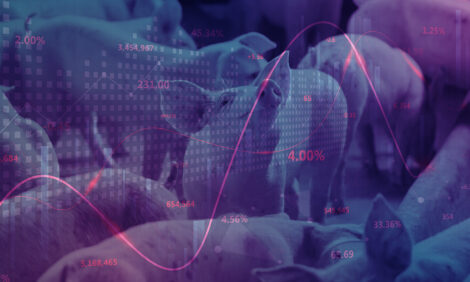



Maximizing Sow Productivity using Phytogenics - A Nutritional Approach
While genetic improvement has been the main driver for improved prolificacy of sows and production of high lean progeny, better nutrition offers a way for further gains, writes Jose Soto, Biomin.Today’s sow produces three more pigs per litter and 40% heavier piglets than four decades ago. A sow needs to produce an adequate amount of milk to sustain the growth of a larger and leaner litter.
Nutritional requirements of the sow are heavily influenced by phase of production and parity. Efficient sow herd management and continuous updates to the nutritional program are required to ensure high levels of sow productivity and producer profitability.
Phytogenic feed additives have consistently proven to be beneficial in increasing the feed intake of sows during lactation and providing intestinal relief by preventing oxidative stress and reducing inflammatory processes.
Economics of sow retention and lactation feed intake
Targeting 70% retention of the gilts entering the reproductive pool and retaining them in the herd through at least the fourth parity will optimize profitability. Sow margins are optimized later in life when reaching the highest return on investment (ROI) between the fourth and seventh parity (Figure 1). However, on many commercial units 40% to 50% of sows are culled before reaching their third or fourth parity.
To read the rest of the article please click here.








